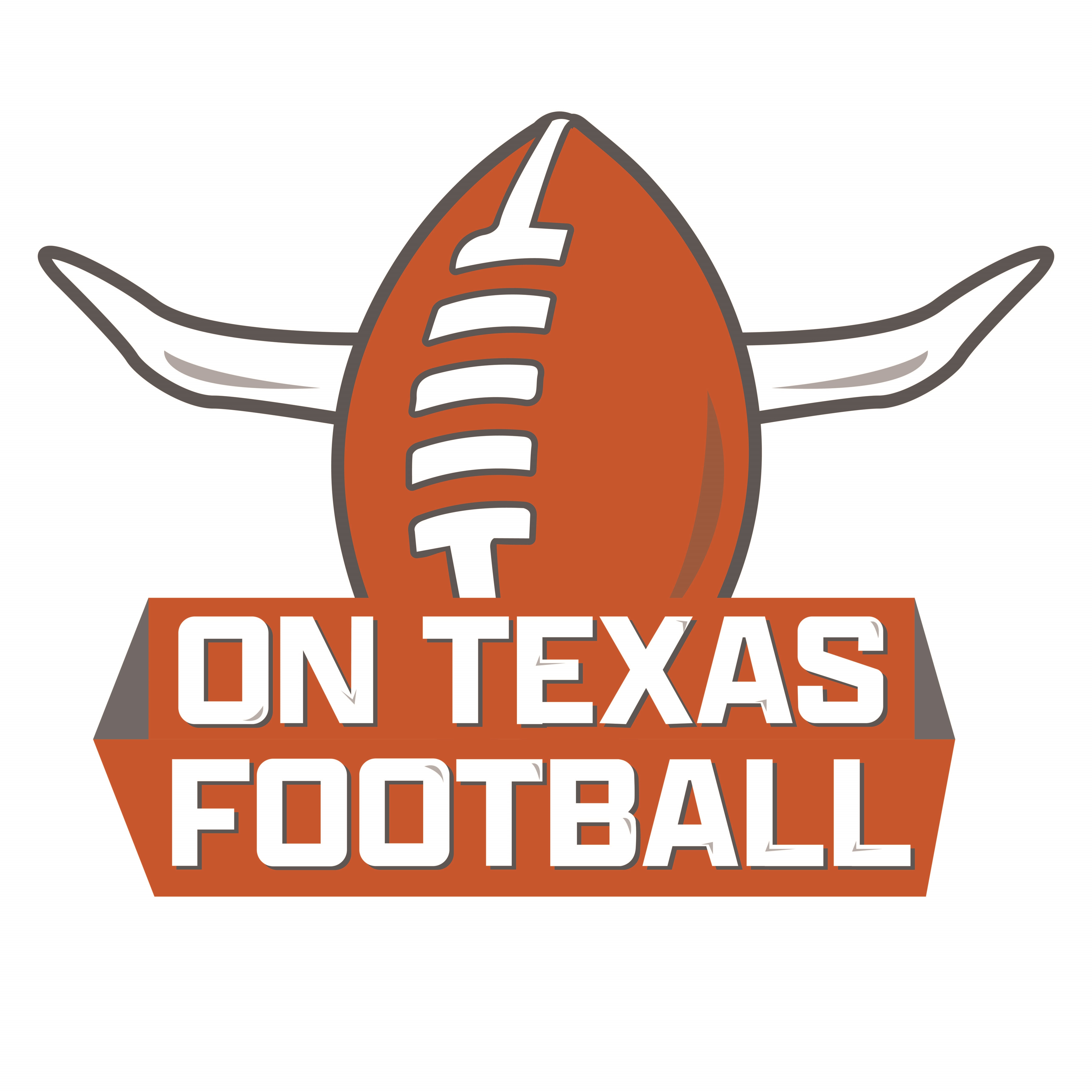
No, the Texas offense isn't ready to be considered a juggernaut.
Nevertheless, piling up 607 total yards, averaging 8.8 yards per play and scoring on nine consecutive possessions in Saturday’s 55-0 win over the Bearkats was the perfect palate cleanser for the Longhorn offense ahead of SEC play. An offense that hasn’t been able to get out of its own way through the first three games of the season executed as expected against an overmatched opponent.
For a team that’s had a hard time playing up to its lofty internal standard, Texas (3-1) annihilating Sam Houston (0-4) should allow everyone inside the Moncrief Complex to exhale, sleep well and turn the page to the team’s Oct. 4 trip to Florida with some much-needed confidence.
— The offense will continue to dominate the conversation regarding the team’s chances to compete for the SEC title. What doesn’t need to get lost in the shuffle, however, is the dominant night enjoyed by Pete Kwiatkowski’s defense (113 total yards, 2.2 yards per play and 27 yards on the ground allowed).
The Bearkats went three-and-out on their first five possessions and finished the game 2-for-15 on third down (0-for-2 on fourth down).
The Longhorns recorded a season-high five sacks, with Colin Simmons notching his first full sack of the season on the opening drive of the game.
Steve Sarkisian wanted Texas to win the turnover battle, which it did, 1-0.
Although the offense’s turnover-free night is the most notable part of winning the turnover margin, Jelani McDonald’s leaping interception on a heave toward the end zone on the last play of the first half was one of the defense's many highlights throughout the night.
Shutting someone out in college football, no matter the caliber of opponent, should be celebrated.
— How do you bounce back from a performance in which you fired 10 consecutive incompletions?
For Arch Manning, it was ending an 18-for-21, 309-yard night through the air (with three touchdowns and no interceptions) with 13 consecutive completions.
Sandwiched between a 1-yard gain on a tight end screen pass to Jordan Washington were two touchdown connections with Ryan Wingo — a 53-yard bomb down the middle of the field (Manning dropped the throw into a bucket over Wingo’s shoulder) and a 13-yard strike on an RPO glance, a staple play in Sarkisian’s offense.
He’s still getting a feel for the screen game, and he’ll find things on the tape he’ll wish he had back. Regardless, Manning put the ball where it needed to be more often than not, made plenty of plays with his legs (he stepped up to escape pressure on his 32-yard touchdown pass to Washington) and, hopefully, regained some of the confidence and swagger he didn’t play with in the first three games.
— As Manning goes, so goes the Longhorn offense. He set the tone for the game with his boisterous reaction to a 5-yard touchdown run in the first quarter, after which Texas never looked back.
— Manning and Wingo needed a game where they were on the same page. Wingo’s six targets turned into a four-catch, 93-yard performance, with a 32-yard gain on an end-around giving the sophomore a game-high 125 all-purpose yards.
With that said, DeAndre Moore Jr.’s return made a huge difference from a personnel standpoint. Moore caught five passes for 79 yards after missing the UTEP game, serving as Manning’s go-to target on intermediate throws and providing the kind of perimeter blocking the Longhorns lacked in his absence.
— Wingo’s big run and a 50-yard jaunt by Matthew Caldwell bolstered the running game’s final line (41 carries for 264 yards and four touchdowns, one each for Christian Clark and Jerrick Gibson).
While five tackles for loss allowed contributed to seven rushing attempts going for no gain or a loss, the running backs averaged five yards per carry. Clark (62 yards on 13 carries), Gibson (11 carries for 53 yards) and James Simon (nine carries for 50 yards) each went over 50 yards on the night, showing varying levels of improvement from last week’s showing, one in which Texas was forced to lean on the ground attack.
— The offensive line didn't overwhelm Sam Houston. Still, the Longhorns are gaining confidence in concepts (specifically, their pin-and-pull and outside zone runs) that can make for a serviceable running game.
Just like Moore’s return gave the passing game a boost, Quintrevion Wisner’s ability to maximize runs as a proven commodity in the SEC should increase the offensive line’s margin for error.
— Brad Spence, who came close to making several big plays against San Jose State and UTEP, was rewarded for his effort on Saturday, knifing into the backfield for a tackle for loss on a fourth-and-2 in the third quarter.
— The biggest negative from the game? Nine penalties for 70 yards, including multiple pre-snap penalties on offense.
- Read more...
- 39 comments
- 1592 views

